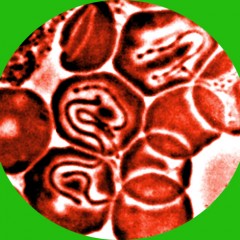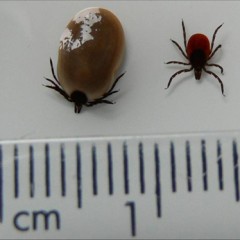The Global Search for Education: Norway – Ticks
“Our method is based upon live blood microscopy. Bacteria become visible by optical changes involving refraction index, swelling and spreading of cells which result in inflated structures well above the optical resolution capacities for a light microscope.” — Morten Laane and Ivar Mysterud Oslo University biologists Morten Laane and Ivar Mysterud have discovered a method to identify Borrelia bacteria in the...
The Global Search for Education: In Search of Solutions – Ticks
“We in the US can learn from the Chinese approach by holding our own multidisciplinary scientific conferences, where researchers, clinicians and specialists come together with government officials to tackle this global epidemic.” — Richard Horowitz To date in my “Ticks” series, we have learned from leading global experts that tick-borne illnesses (including Lyme disease) are possibly the most...
The Global Search for Education: UK – Ticks
Some British experts think as many as 20 percent of the UK Lyme disease infections arise from Brits acquiring the disease while vacationing in Lyme disease hot spots such as the United States (New England) and parts of Central Europe. Lyme (Borreliosis), Anaplasmosis /Ehrlichiosis, Babesiosis, Rocky Mountain Spotted Fever, Bartonella, Tularemia, and more recently, Borrelia miyamotoi (a distant relative of Lyme Borreliosis) are...




Recent Comments